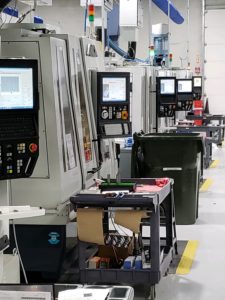Blog
How GWS Cutting Tools Go from Custom to Standard
Many of the tailor-made cutting tools we engineer for customers are so innovative they are easily adaptable to a wider range of applications than originally anticipated. This doesn’t happen by accident. Our organization is full of highly experienced and talented people who have a knack for both listening to customer feedback and seeing the future potential for each tool they design. Because of this, every custom project we undertake has the potential to develop a new standard tool for our catalog, expanding and strengthening our overall product mix.
Tool Design 101
How does a custom tool become a standard? It’s not rocket science (actually, sometimes it is), but a careful thought process consisting of equal parts of experience, knowledge and communication.

For example, here’s a quick overview of the design process for an end mill. The first step is to marry the tool to the cutting material. There is still a lot of machining in nonferrous aluminum material, especially in the aerospace/aircraft sector. Machine tool builders are busy making machines for that area, which are usually outfitted with high rpm spindles (30k rpm and up) and can feed as fast as 1,000 IPM. It’s up to us to develop the right kind of cutting tool that works in these high-volume removal applications.
This involves calculating the chip load based on the tool diameter to get good chip thickness and generate the proper cutting angle to attain the preferred shearing action.
Communication with the end user during the development process is vital to improve the original design. We stand right by the machine, listen to the customer’s feedback and fine-tune the geometries of the tool until its performance and longevity match our high expectations.
When we have success with a particular design in a certain application, we document it in our master database. The library acts as a starting point when the next request arrives for a similar material and application. Having examples to work from puts us ahead of the game and speeds up delivery times for a new tool.
Rapid Prototyping
This is truly where GWS stands apart from the competition. We do not impose limits on ourselves simply because we already have an outstanding standard product portfolio. If a custom tool is required, we pride ourselves on delivering the very best design without prolonged wait times for the end customer.
A critical component of our “custom comes standard” model is our ability to pull resources, develop completely new tooling (be it custom inserts, a complex form tool or redesigned high-performance end mill) and deliver it to the customer in days. With other suppliers, the wait could be weeks or even months. Our capacity also allows us to deliver these tools with scale (a few hundred to a few thousand pieces), to support the largest of demands.
Constant Learning. Practical Applications.
The entire process is actually a little more sophisticated than our simple outline would suggest. Tooling design has gone beyond the typical 4 flute design that used to be the benchmark. Variations today include indexable tooling options, variable helix from flute to flute that eliminate vibration and chatter, eccentric reliefs ground in for better edge support, and edge preparation for better tool life.
The evolution of the best tool is always a moving target. Developments are always on the horizon, from manufacturing and inspection technologies to new carbide substrate compositions and advances in the area of PVD and CVD coatings. To keep pace, our own education process needs to be continuous.
Even understanding the varieties of software customers are using in their process is a must in developing the right cutting tool. A tool for light, high speed Z-level machining will be designed very differently from one for heavy, high-volume milling applications. Understanding the capabilities of a customer’s software enables us to not only design the right tool, but also helps our programmers determine if applying a more efficient toolpath for the customer is possible.
Whether you use a model right out of our catalog or need a custom approach, contact us for a consultation. Either way, we’ll always deliver the cutting tool you need.
